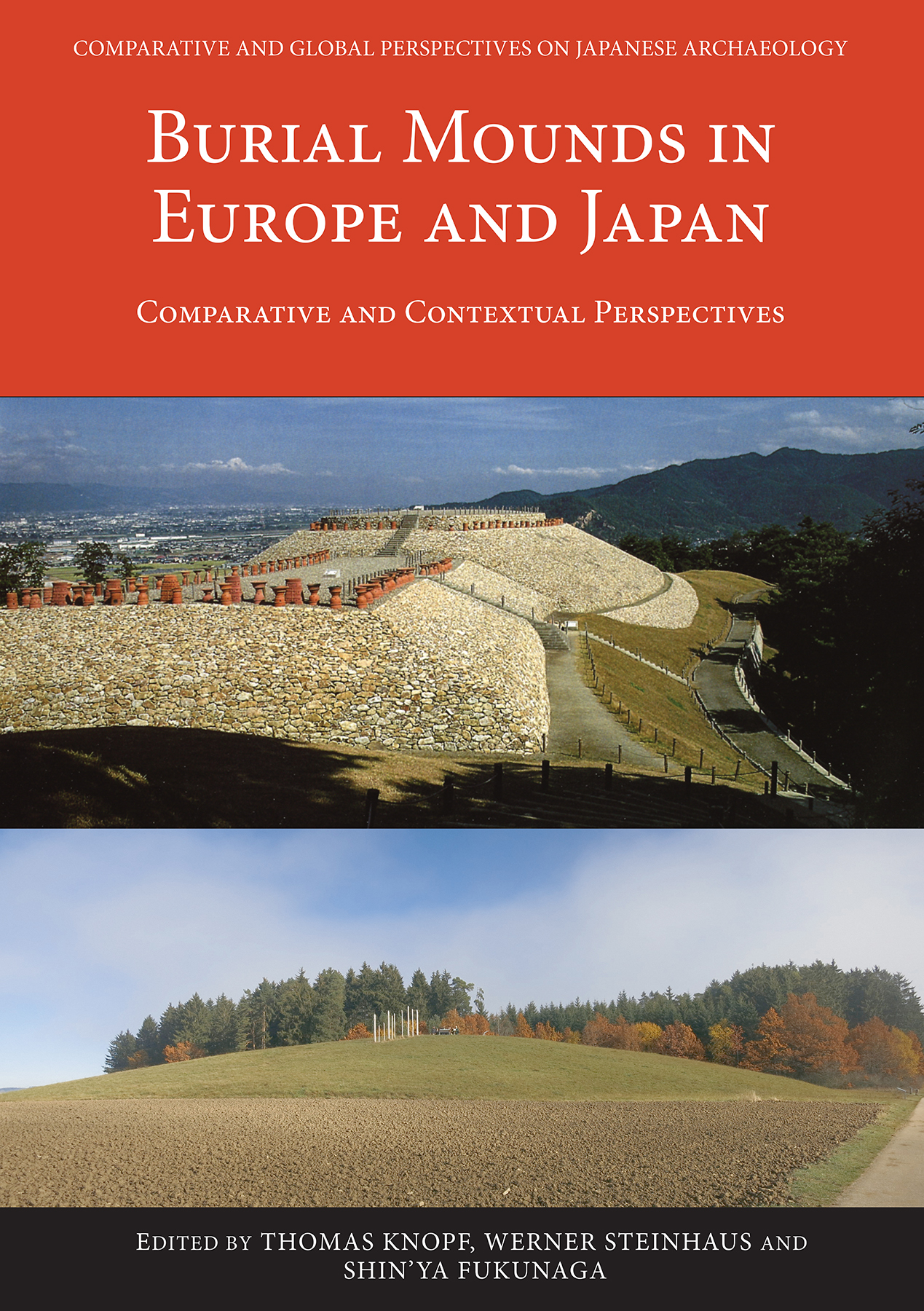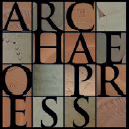
Publishing Scholarly Archaeology since 1997

Download Sample PDF
H 290 x W 205 mm
244 pages
162 figures, 1 List, 1 Table (76 plates in colour)
Published Sep 2018
ISBN
Paperback: 9781789690071
Digital: 9781789690088
Keywords
Comparative study; Japan; Japanese Archaeology; European Iron Age; Bronze Age; Yayoi; Kofun
Comparative and Global Perspectives on Japanese Archaeology 2
Burial Mounds in Europe and Japan
Comparative and Contextual Perspectives
Edited by Thomas Knopf, Werner Steinhaus, Shin’ya FUKUNAGA
Paperback
£38.00
Includes PDF
PDF eBook
(personal use)
£16.00
PDF eBook
(institutional use)
£38.00
This book brings together specialists of the European Bronze and Iron Age and the Japanese Yayoi and Kofun periods for the first time to discuss burial mounds in a comparative context. The book aims to strengthen knowledge of Japanese archaeology in Europe and vice versa.
Contents
Foreword ;
Burial Mounds in Europe and Japan: An Introduction (Werner Steinhaus and Thomas Knopf) [Open Access: Download] ;
Hallstatt Burial Mounds Then and Now: Excavations and Changing Images in the History of Research (Nils Müller-Scheeßel) ;
Excavating the Mounded Tombs of the Kofun Period of the Japanese Archipelago: A History of Research and Methods (Tatsuo NAKAKUBO) ;
Bronze Age Burial Mounds in Northern and Central Europe: Their Origins and the Development of Diversity in Time and Space (Frank Nikulka) ;
Emergence and Development of Burial Mounds in the Yayoi Period (Hisashi NOJIMA) ;
Princes, Chiefs or Big Men? Burial Mounds as Reflections of Social Structure in the Hallstatt Period (Wolfram Schier) ;
Social Stratification and the Formation of Mounded Tombs in the Kofun Period of Protohistoric Japan (Ken’ichi SASAKI) ;
Burial Mound/Landscape-Relations. Approaches Put forward by European Prehistoric Archaeology (Ariane Ballmer) ;
Mounded Tomb Building during the Kofun Period: Location and Landscape (Akira SEIKE) ;
Burial Mounds and Settlements. Their Relations in the Late Hallstatt and Early La Tène-Period (6th–4th century BC) (Ines Balzer) ;
The Relationship between Mounded Tombs, Settlements, and Residences in the Kofun Period: Reflecting Social Changes? (Takehiko MATSUGI) ;
Aspects of Early Iron in Central Europe (Manfred K. H. Eggert) ;
Iron and its Relation to Mounded Tombs on the Japanese Islands (Hisashi NOJIMA) ;
The Development of Metalworking and the Formation of Political Power in the Japanese Archipelago (Takehiko MATSUGI) ;
Monuments for the Living and the Dead: Early Celtic Burial Mounds and Central Places of the Heuneburg Region (Dirk Krausse and Leif Hansen) ;
Mounded Tombs of the Kofun Period: Monuments of Administration and Expressions of Power Relationships (Shin’ya FUKUNAGA) ;
Burial Mounds in Broader Perspective. Visibility, Ritual and Power (Chris Scarre) ;
An Introduction to the Yukinoyama Mounded Tomb (Naoya UEDA) ;
The Significance of the Nonaka Mounded Tomb (Joseph Ryan) ;

 Add to wishlist
Add to wishlist
